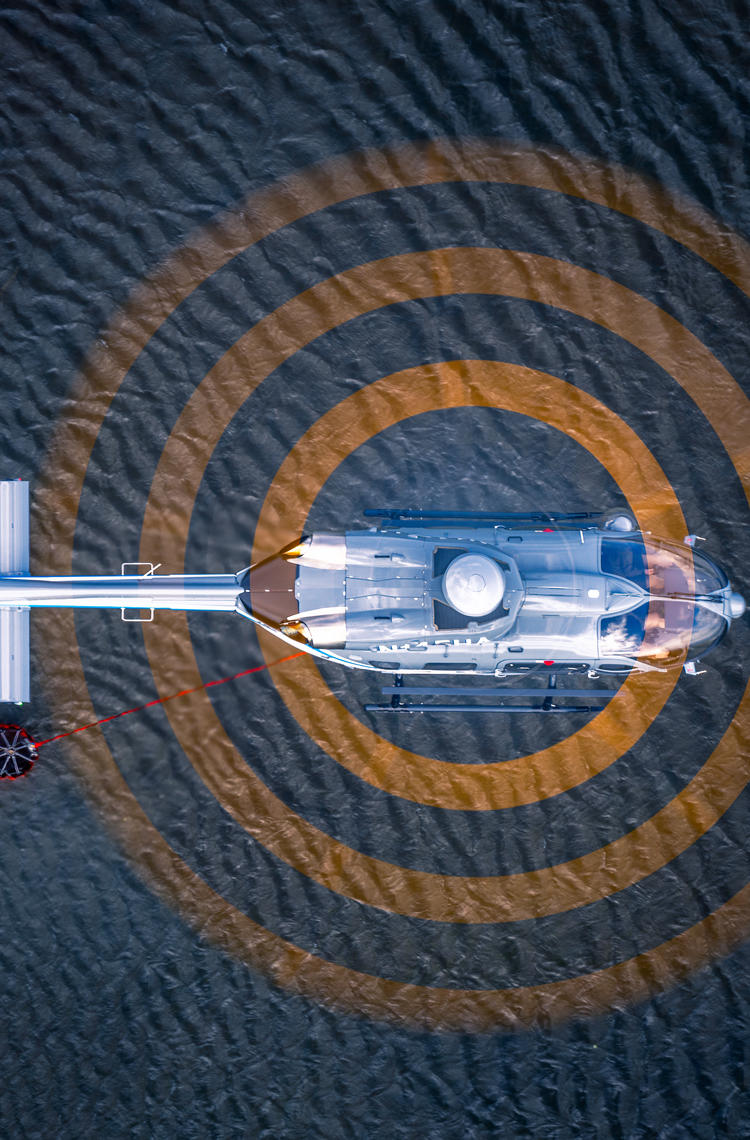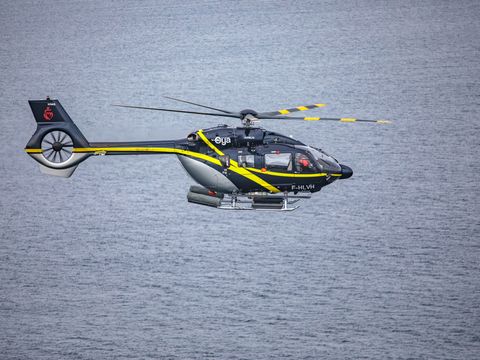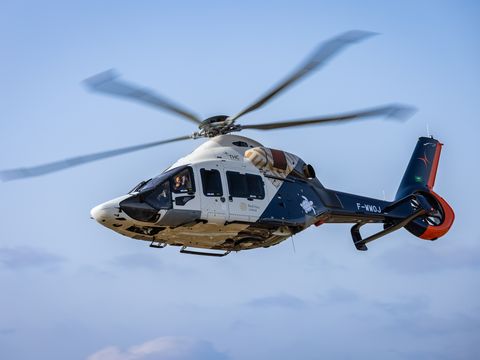Since upgrading to the new five-bladed H145, Max Lyons, CEO of Hillsboro Aviation, believes he has found a modern firefighting helicopter that is ready to go the distance—and his team agrees.
“The main thing about the H145 is that it is new technology,” explains Max Lyons. “It’s a modern engine, parts are available, the aircraft is very reliable. And Airbus, from my perspective, is committed and has been very good at continuing to increase performance on their models.” With decades of experience in aviation, Lyons has been an extremely interested participant in discussions around the next generation of firefighting aircraft. In 2024, Hillsboro’s five-bladed H145 completed its first firefighting season and he believes the helicopter has a big future ahead of it.
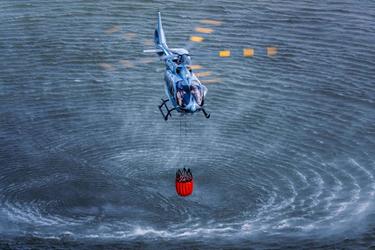
Just flip the switch
For Hillsboro pilot Nicole Ludwig, who’s been flying helicopters since 1997, one aspect of the H145’s modernity that quickly became apparent was the autopilot. Firstly, it takes you straight there and then after flying a taxing firefighting mission, having an autopilot that would support the pilot in returning to base was certainly appreciated. “On any incident, when I could be flying 30 to 40 miles back to the airport in the evening, it was so nice to set the autopilot and just head back,” says Ludwig. “Or for ferrying it, it’s six hours here for a straight and level flight, [and] the autopilot is great. It’s just amazing how straight it actually flies.”
The 2024 fire season was Hillsboro’s first with the five-bladed H145. “We flew over 200 flight hours across the season in Arizona, Nevada, New Mexico, Colorado, and Wyoming,” says Franz Bergtold, Director of Operations at Hillsboro Aviation. “Bucket work, crew transport and reconnaissance.” He was immediately impressed with the H145: “You just flip the start switch and it’s ready to fly. It is amazing how this complex technology has made it so easy on the pilot side.”
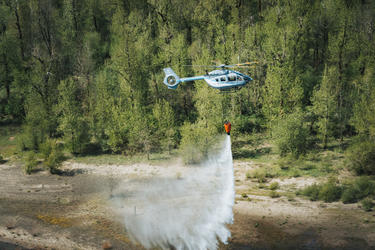
Rising above the rest
Fittingly, all of Hillsboro’s pilots attest that where the H145 really elevated itself above its competitors was when performing at altitude. “It just seemed to perform really well at high-density altitudes and better than I would have expected or imagined,” says Charles Baker, a pilot at Hillsboro with around 25 years of flight experience. “The Fenestron, the tail rotor authority that it provides: I was impressed with that, too.” Ludwig agrees with her colleague: “I felt that the higher you go with the H145, the more it surpasses the older generation helicopters. When we were up in the higher altitudes of Wyoming and Colorado, the helicopter really shone and showed what it’s capable of. It amazed people. My highest landing was 11,500 ft. I dropped three guys and all their gear off with no problems,” continues Nicole Ludwig. “I fought fires at around 10,000 ft. That crew wanted to fly with the 260-gallon bucket. It’s a variable fill bucket, so you could actually release water at the beginning of the cycle and use a full bucket later on. Again, [the H145] did it with no problems at those altitudes.” For Ludwig, her adaptation to the H145 has been incredibly smooth. “I think the H145 is a great aircraft,” she says. “The more we worked with it… I really fell in love with it. At the end of the season, I went and helped out on a [different] helicopter that I’d been flying for years and all of a sudden that seemed so foreign to me, as if I’d never flown it before.”

Latest Helicopters news
Continue reading

Europe's Watchmen: why the Lithuanian Border Guard chose the five-bladed Airbus H145
Web Story
Helicopters
The Lithuanian Border Guard relies on the multi-mission five-bladed Airbus H145 for law enforcement, border control, and search and rescue operations.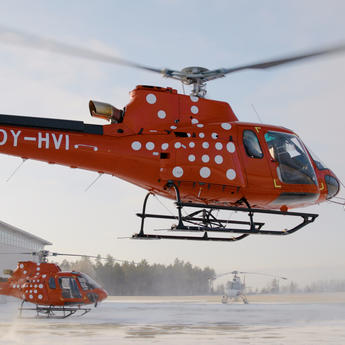
Airbus H125 continues to meet growing Nordic demand with 10-unit order from Østnes…
Press Release
Helicopters
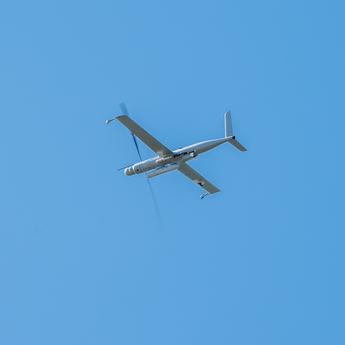
Uzbekistan to operate Airbus Flexrotor uncrewed aerial system
Press Release
Helicopters
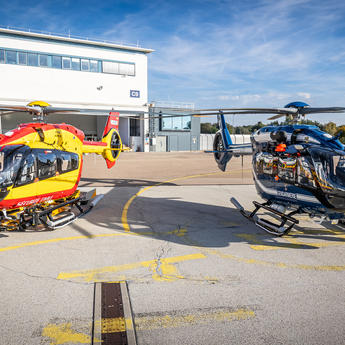
Airbus to support entire French Sécurité Civile and Gendarmerie H145 fleet
Press Release
Helicopters
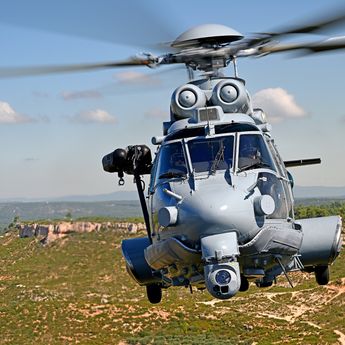
Morocco orders ten Airbus H225M helicopters
Press Release
Helicopters
